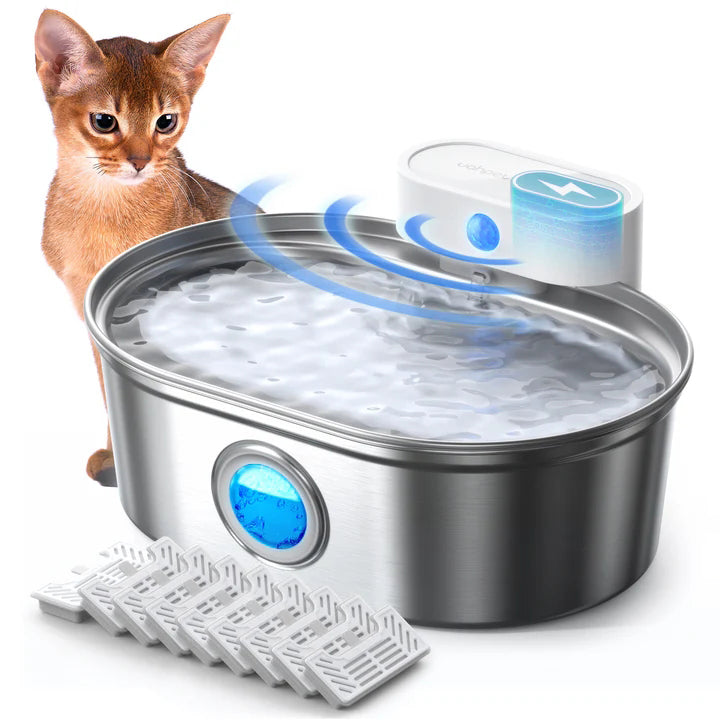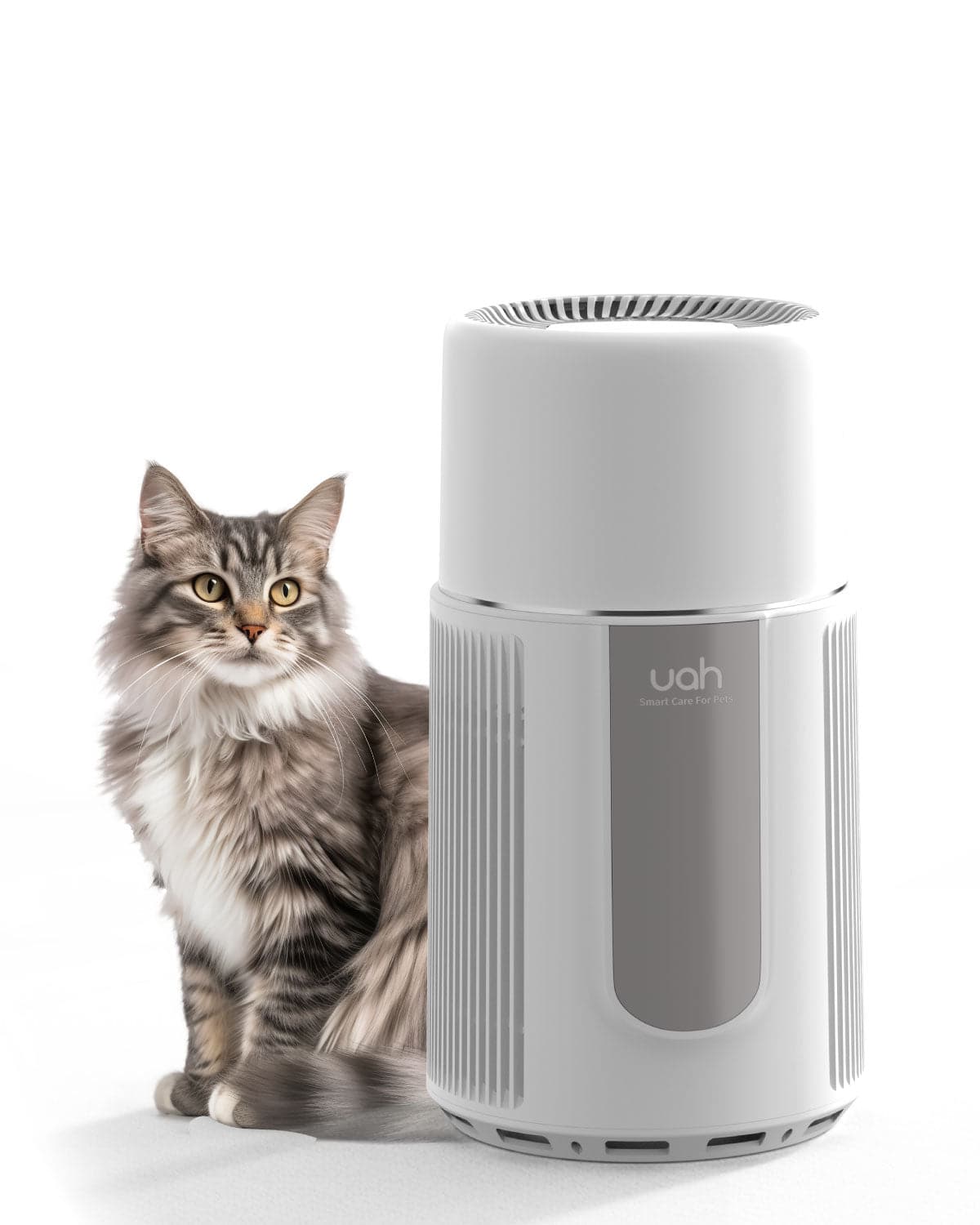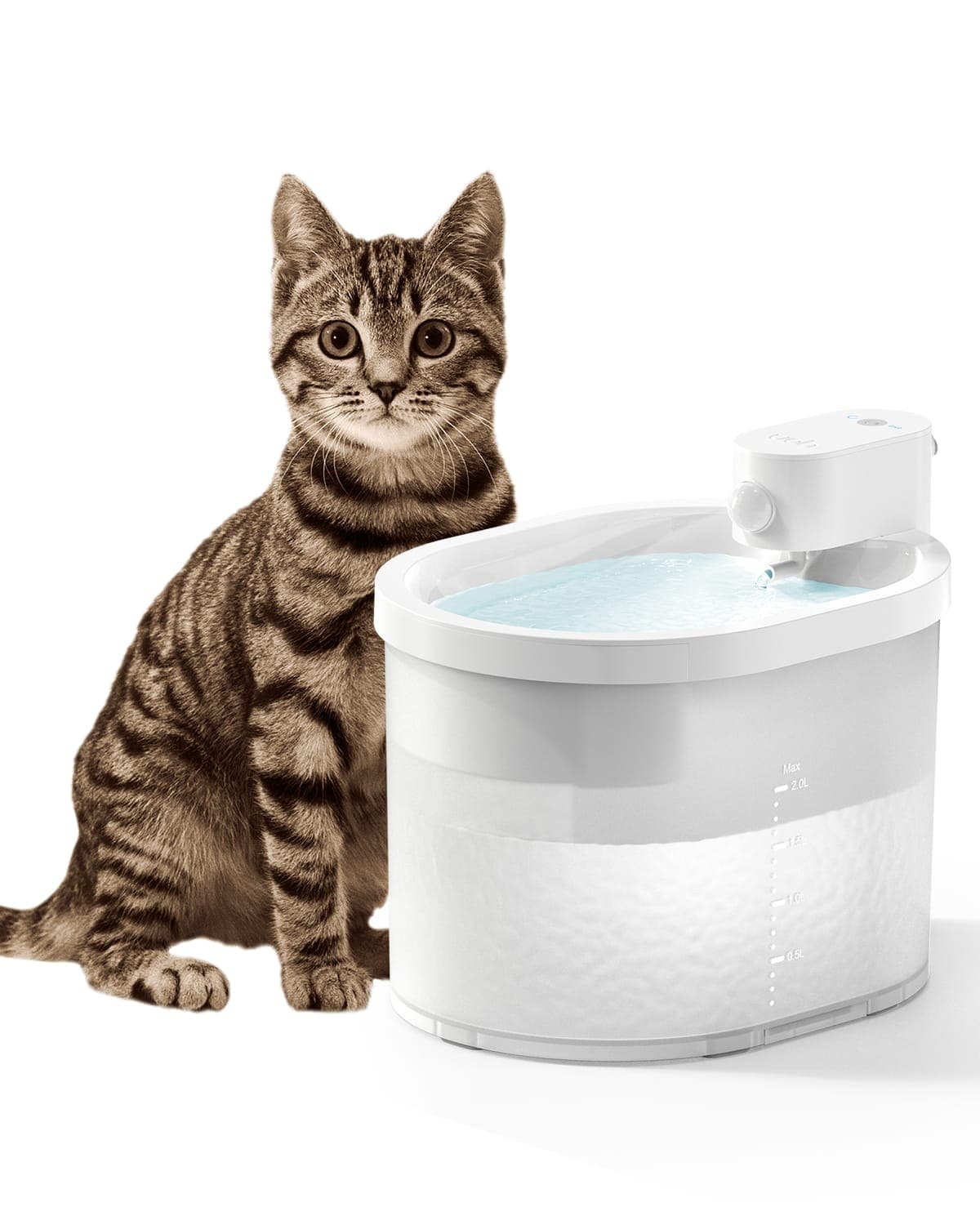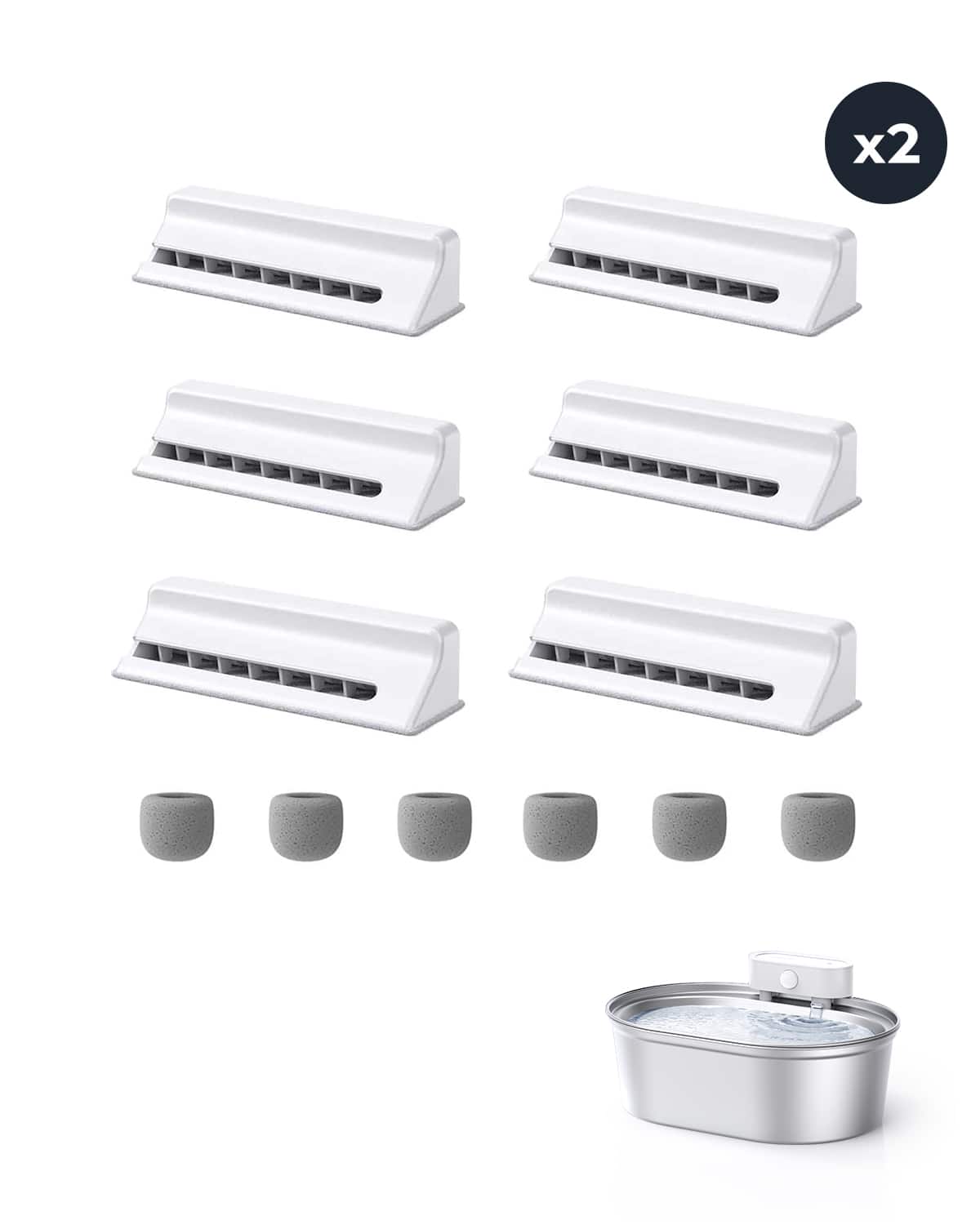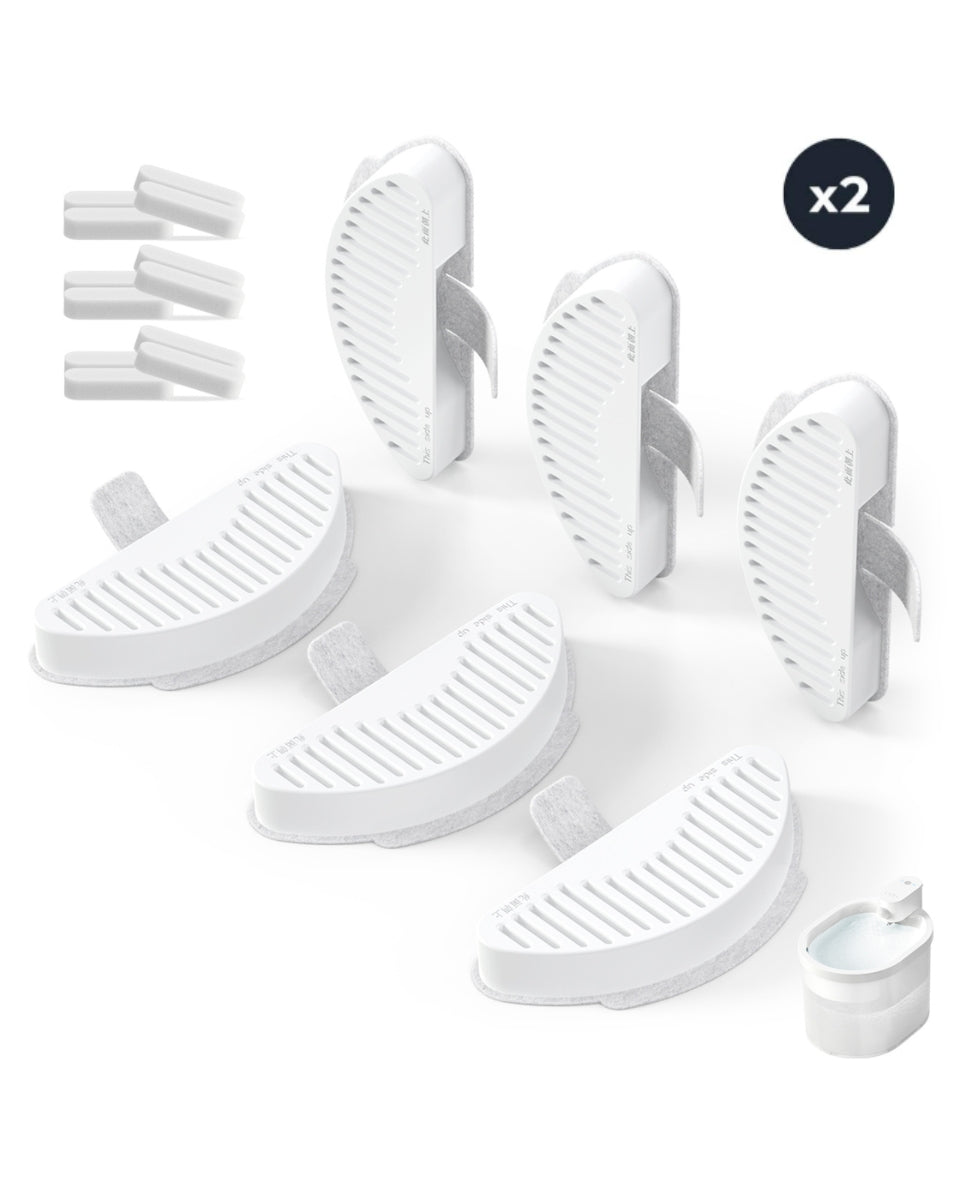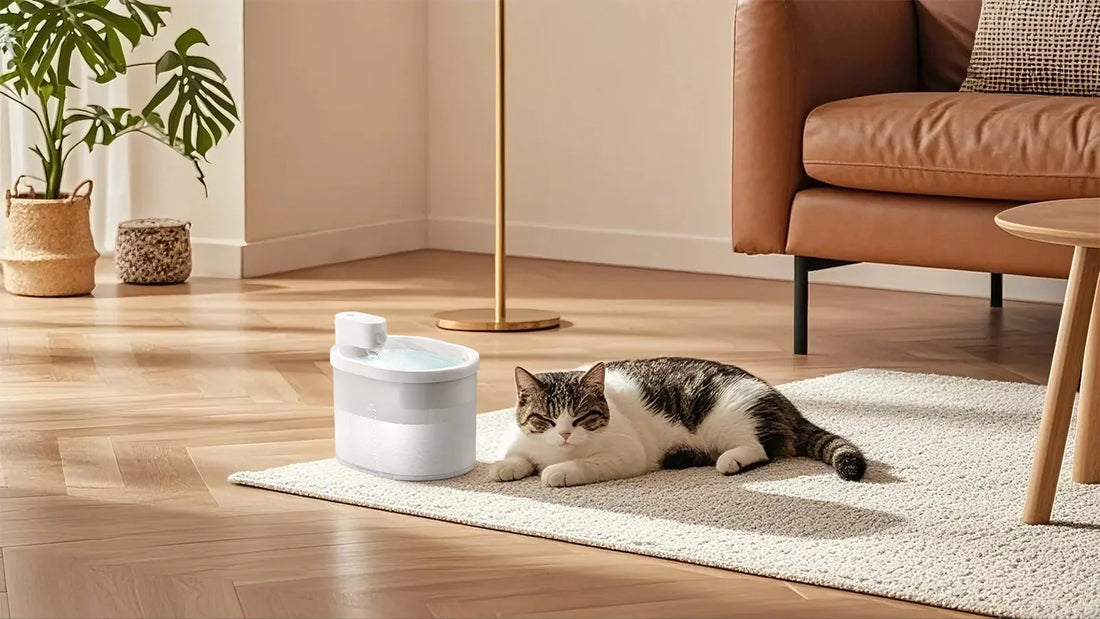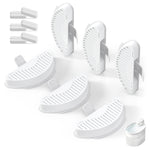Green algae in cat water fountains can be a concerning issue for pet owners. Not only does it affect the appearance of the fountain, but it can also pose health risks to your feline friend. Understanding the causes, risks, and prevention methods is essential to maintaining a clean and safe water source for your cat.
What Causes Green Algae in Cat Water Fountains?
Green algae thrive in environments with sunlight, warmth, and stagnant water. Cat water fountains, especially those placed near windows or in well-lit areas, are particularly susceptible to algae growth. The combination of water, light, and organic matter, such as food particles or saliva, creates an ideal breeding ground for algae.
Health Risks Associated with Green Algae
While green algae itself is not toxic, it can harbor harmful bacteria and pathogens that may affect your cat's health. Consuming water contaminated with algae can lead to gastrointestinal issues, such as vomiting and diarrhea. Additionally, some cats may develop skin irritations or allergies from prolonged exposure to algae-contaminated water.
How to Prevent Green Algae Growth
Preventing green algae in cat water fountains involves regular maintenance and proper placement. Here are some effective strategies:
- Regular Cleaning: Clean the fountain thoroughly at least once a week. Use a mild detergent and a brush to scrub all parts of the fountain, including the pump and tubing.
- Change Water Frequently: Replace the water in the fountain every few days to prevent stagnation and reduce the risk of algae growth.
- Limit Sunlight Exposure: Place the fountain in a shaded area away from direct sunlight. This will help minimize the conditions that promote algae growth.
- Use Algae Inhibitors: Consider using pet-safe algae inhibitors or additives that can help prevent algae growth without harming your cat.
Signs Your Cat's Water Fountain Has Green Algae
Identifying green algae in your cat's water fountain is crucial for timely intervention. Look for the following signs:
- Green or Slimy Residue: A green or slimy film on the surfaces of the fountain is a clear indicator of algae growth.
- Unpleasant Odor: Algae-contaminated water may emit a musty or foul smell.
- Cloudy Water: If the water appears cloudy or discolored, it may be a sign of algae or bacterial contamination.
Steps to Remove Green Algae from Cat Water Fountains
If you notice green algae in your cat's water fountain, take immediate action to clean and disinfect it. Follow these steps:
- Disassemble the Fountain: Take apart the fountain, including the pump, tubing, and any removable parts.
- Scrub Thoroughly: Use a brush and mild detergent to scrub all surfaces, paying special attention to areas with visible algae.
- Rinse Well: Rinse all parts thoroughly with clean water to remove any detergent residue.
- Disinfect: Soak the parts in a pet-safe disinfectant solution for a few minutes to kill any remaining bacteria or algae.
- Reassemble and Refill: Once all parts are dry, reassemble the fountain and fill it with fresh water.
Long-Term Solutions for Algae-Free Cat Water Fountains
To ensure your cat's water fountain remains algae-free in the long term, consider implementing the following solutions:
- Invest in a Quality Fountain: Choose a fountain made from materials that are less prone to algae growth, such as stainless steel or ceramic.
- Regular Maintenance Schedule: Establish a consistent cleaning and maintenance routine to keep the fountain in optimal condition.
- Monitor Water Quality: Regularly check the water for signs of algae or contamination and take action as needed.
Green algae in cat water fountains can be a nuisance, but with proper care and attention, it can be effectively managed. By understanding the causes, recognizing the risks, and implementing preventive measures, you can ensure your cat has access to clean and safe drinking water. Keep your feline friend healthy and happy by staying vigilant and proactive in maintaining their water fountain.


